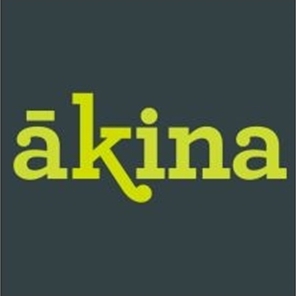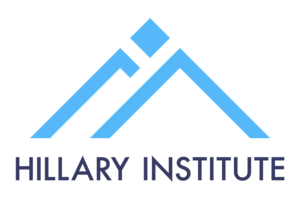Companies With $1.5 Trillion USD In Market Value Support Transition To QR Codes At Point Of Sale - Is NZ Prepared?
New Zealand, 27 March 2025
For 50 years the ubiquitous GS1 barcode [1] has silently powered global commerce. Scanned billions of times each day, yet often overlooked in everyday life. Barcodes have enabled modern retail and supply chains through efficient checkouts, inventory management, and product identification.
Today, as consumers seek more information about the products they are purchasing and regulators require greater disclosure, 26 leading global companies—with a combined market value of USD 1.5 trillion—including Procter & Gamble, Mondelez, L'Oréal, Nestlé and Alibaba, are supporting the global transition to GS1 QR Codes, marking the next evolution in how product information is shared.
With pilots running in 48 countries covering 88% of the world’s gross domestic product, the shift to GS1 QR Codes is already underway. Products with GS1 QR codes from global brands such as L’Oréal are already on supermarket shelves in New Zealand and being sold to New Zealand consumers.
These ‘next-generation’, 2-dimensional (2D) barcodes, are set to transform the consumer experience by going ‘beep’ at the till like the traditional linear barcodes, but can be ‘scanned’ by consumers' smartphones to access detailed product information.
New Zealand consumers set to benefit
Consumers will be able to connect to detailed product information such as ingredients, allergens, usage instructions and recycling details. With a simple smartphone scan, shoppers can access everything they need to know and businesses can gain greater supply chain efficiencies.
“GS1 QR Codes will do more than just scan at checkout,” says Dr Peter Stevens, CEO, GS1 New Zealand. “They will revolutionise how New Zealand businesses manage stock, reduce wastage, provide allergen information and engage with consumers in real time. Their adoption is gaining traction in Australasia and it’s only a matter of time before we see higher volumes of product from global brands hitting our shelves with these new barcodes. What we are concerned about is the readiness of Kiwi businesses to scan these products and assist their consumers”.
Will NZ be ready by the end of 2027?
The clock is ticking for Kiwi businesses to get onboard with this transition which is underway now. The global ambition is for these new age barcodes to be scannable at point of sale in retail by the end of 2027.
To succeed, retailers and manufacturers must act now:
Retailers should ensure point of sale scanners are equipped to read 2D Barcodes with GS1 standards.
Manufacturers should start implementing GS1 2D Barcodes on product packages
Who is GS1?
GS1 is a neutral, not-for-profit organisation represented in 118 countries and supporting over two million businesses worldwide [2]. GS1 brought the humble and ubiquitous barcode to the world 50 years ago. GS1 New Zealand is the local affiliate of the federation and is owned by over 8,000+ New Zealand members across business and government.
1. 50 years of GS1 barcodes:
https://www.gs1nz.org/news/the-barcode-turns-50/
2. GS1
Website:
https://www.gs1.org/about


 The Reserve Bank of New Zealand: CoFR Seeking Feedback On Access To Basic Transaction Accounts
The Reserve Bank of New Zealand: CoFR Seeking Feedback On Access To Basic Transaction Accounts 2Degrees: Stop The Pings - Half Of Kiwis Overwhelmed By Notifications
2Degrees: Stop The Pings - Half Of Kiwis Overwhelmed By Notifications Electricity Networks Association: How Many More Trees Need To Fall On Power Lines Before The Rules Change?
Electricity Networks Association: How Many More Trees Need To Fall On Power Lines Before The Rules Change? Parrot Analytics: Netflix Earnings - Price Hikes With Minimal Churn | Will Netflix Be A Bright Spot For Markets?
Parrot Analytics: Netflix Earnings - Price Hikes With Minimal Churn | Will Netflix Be A Bright Spot For Markets? Canterbury Museum: Mystery Molars Lead To Discovery Of Giant Crayfish In Ancient Aotearoa New Zealand
Canterbury Museum: Mystery Molars Lead To Discovery Of Giant Crayfish In Ancient Aotearoa New Zealand Ngā Pae o te Māramatanga: Māori Concerns About Misuse Of Facial Recognition Technology Highlighted In Science
Ngā Pae o te Māramatanga: Māori Concerns About Misuse Of Facial Recognition Technology Highlighted In Science



